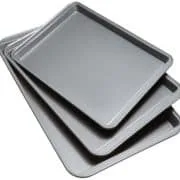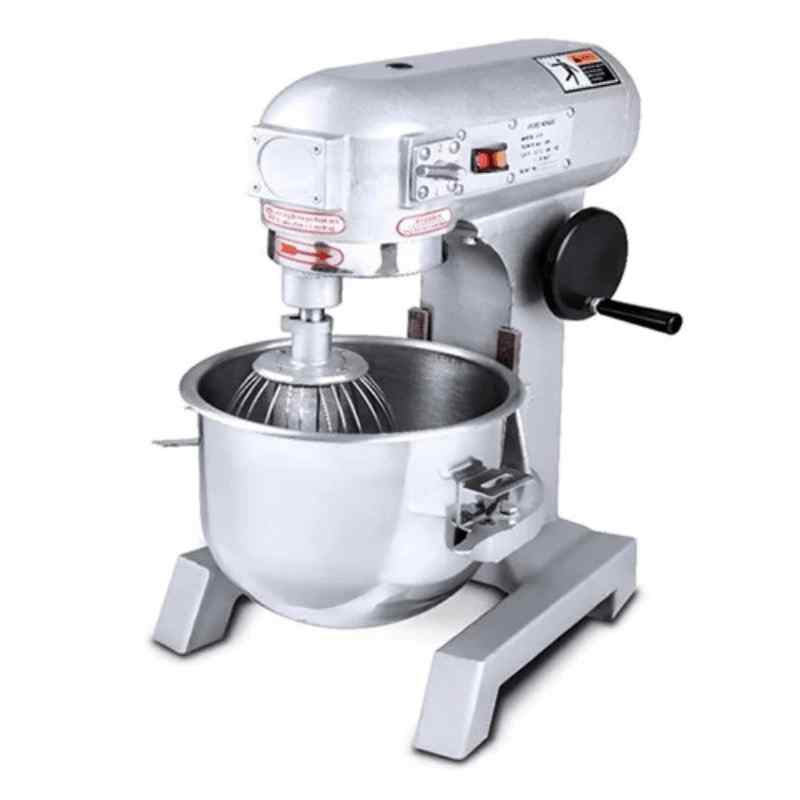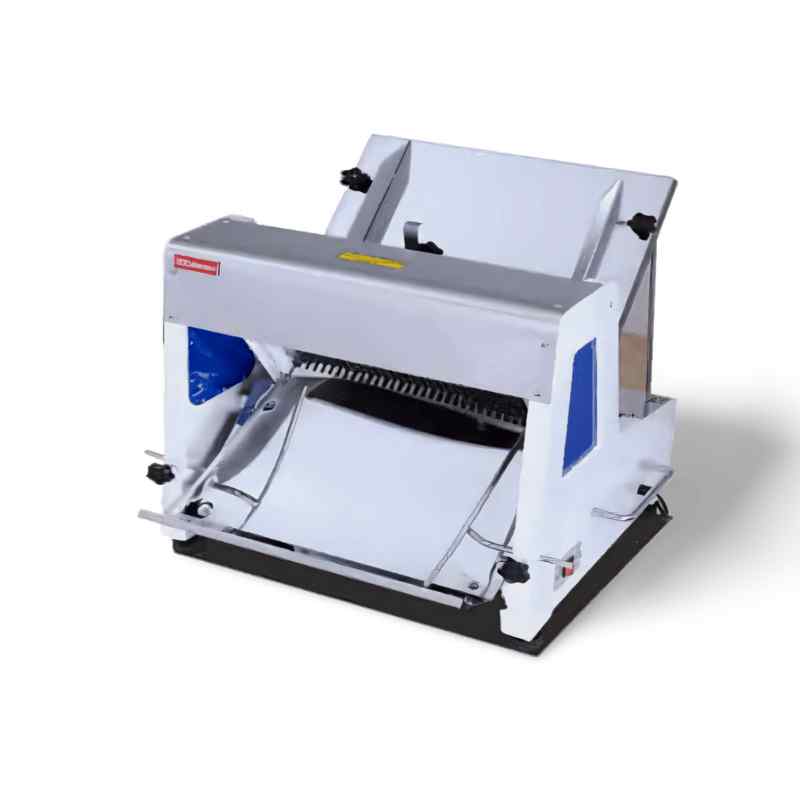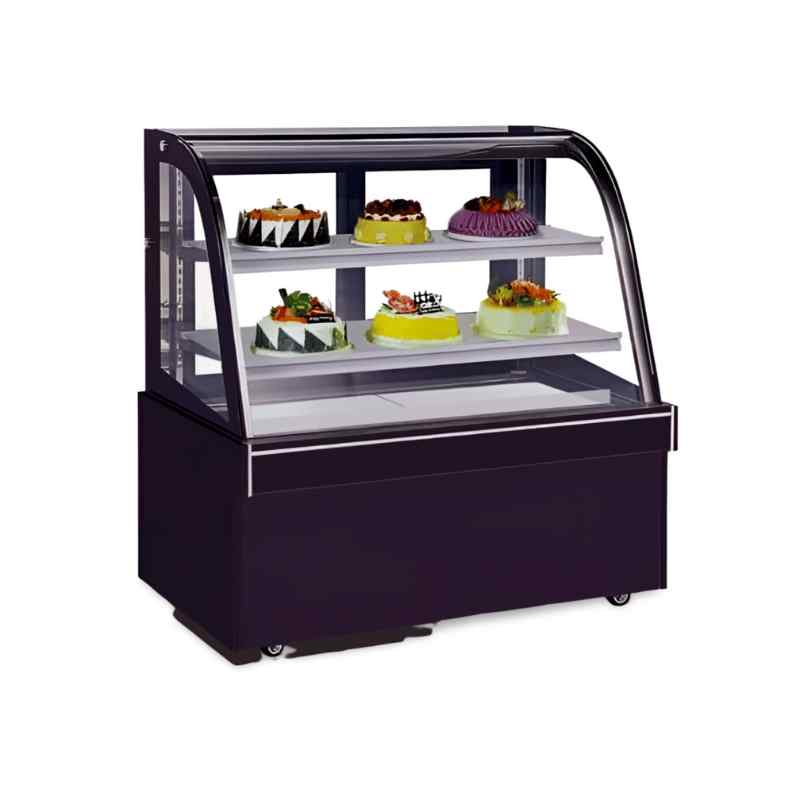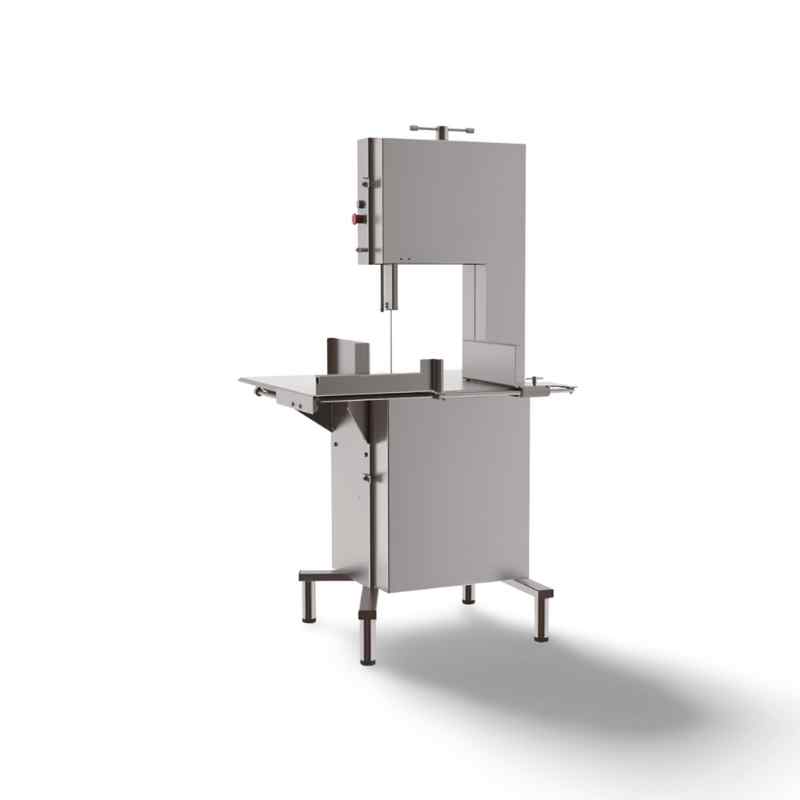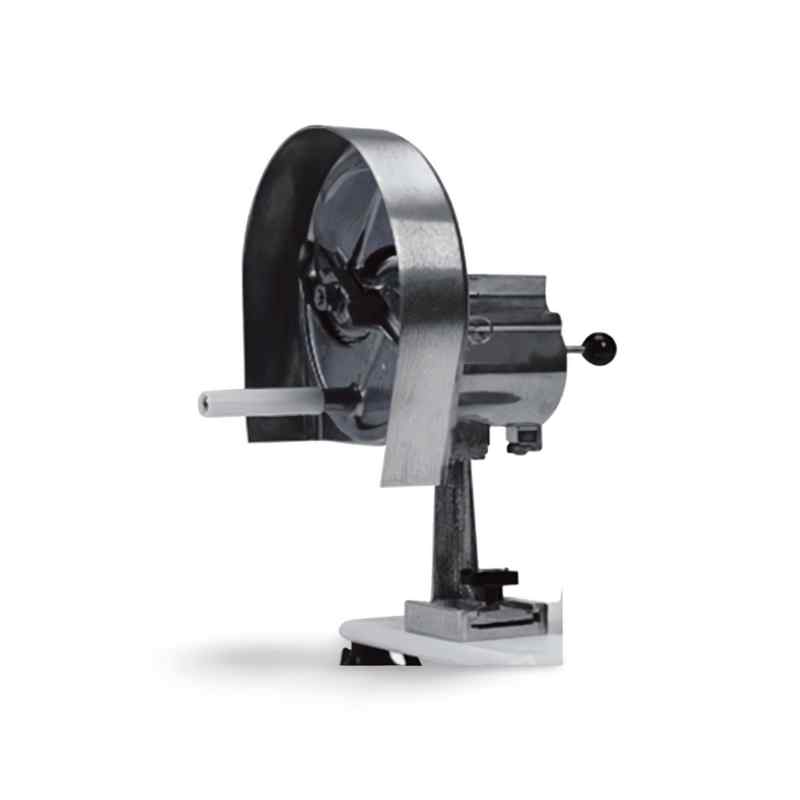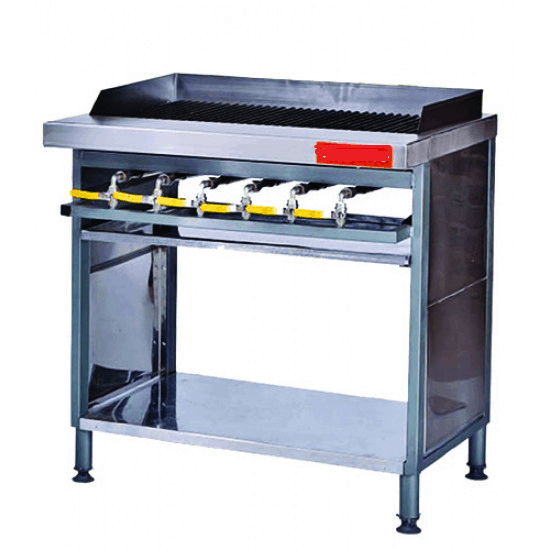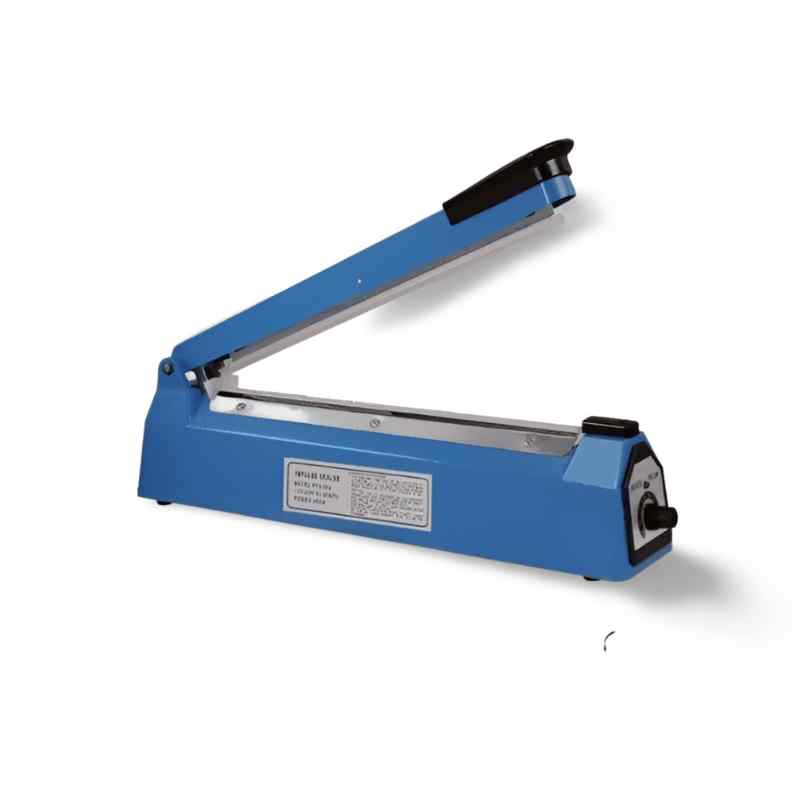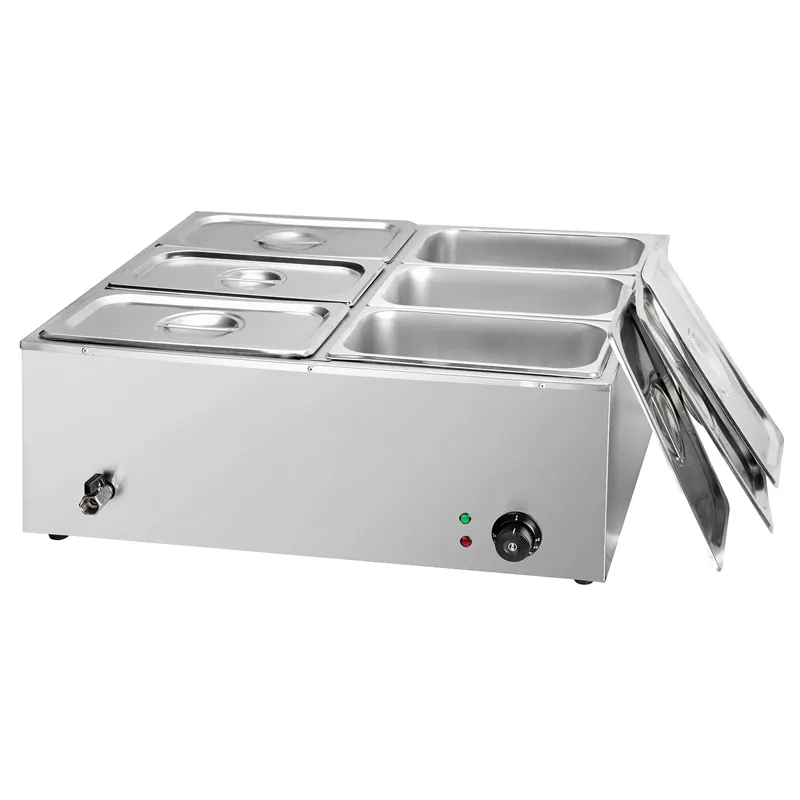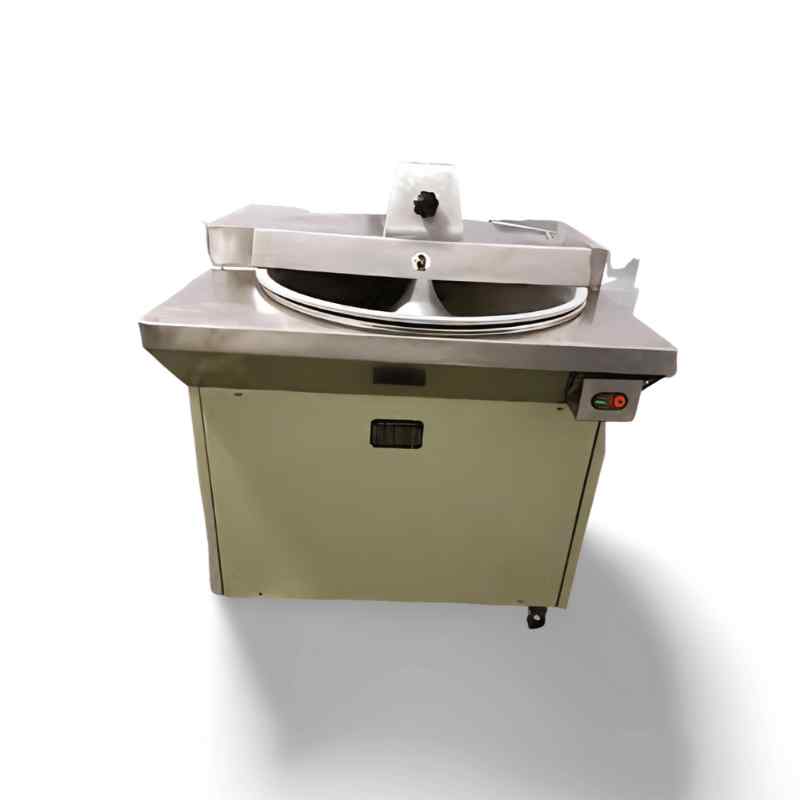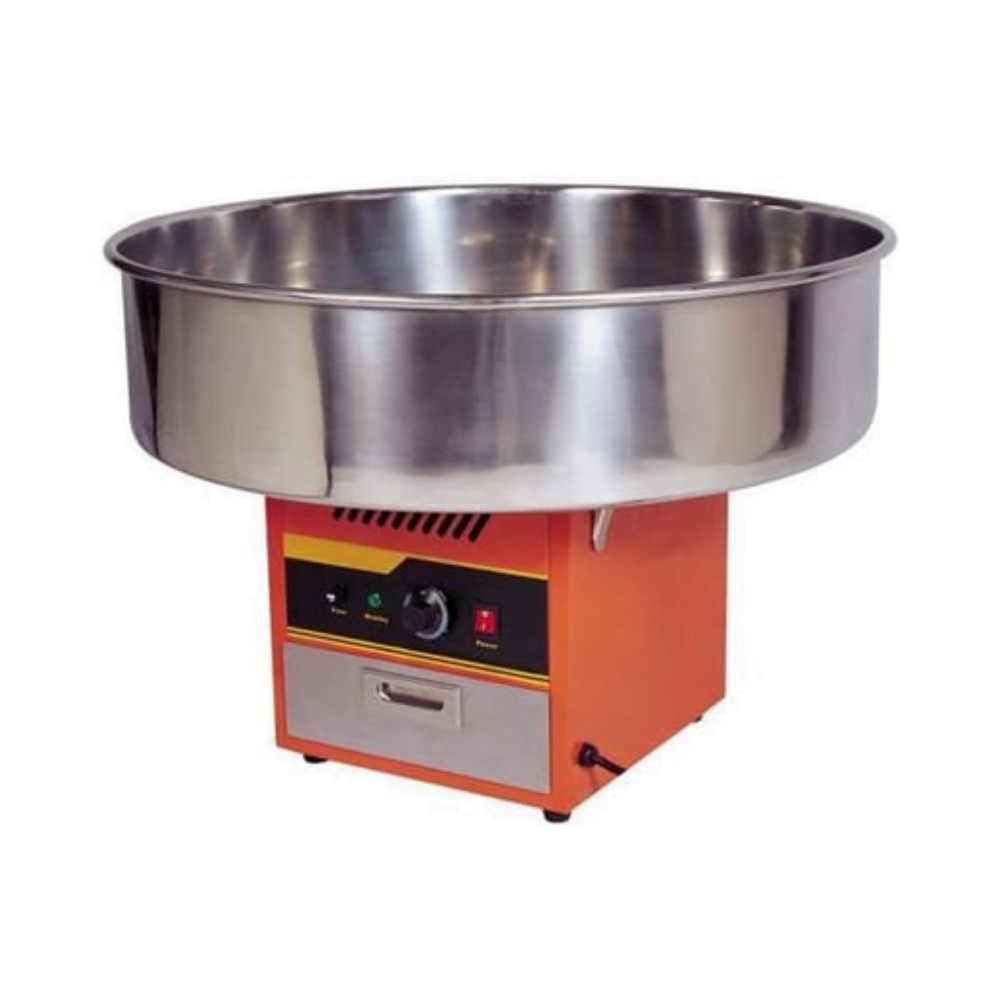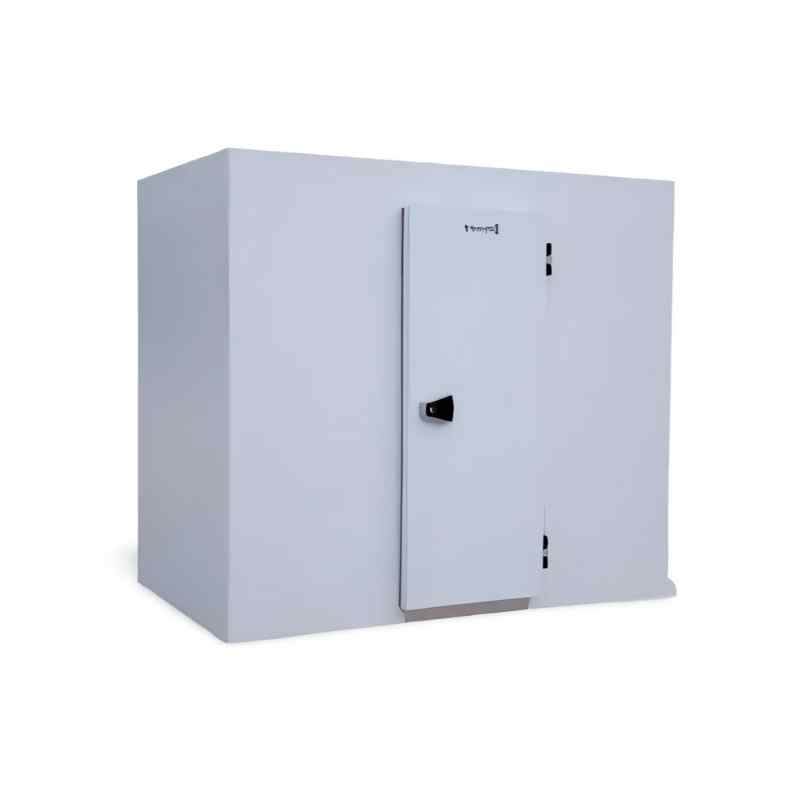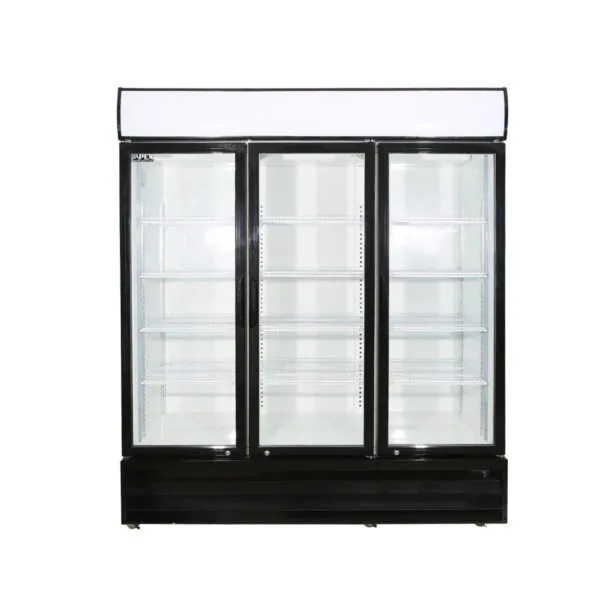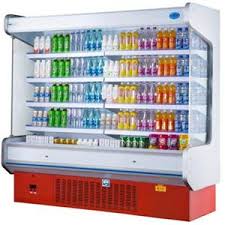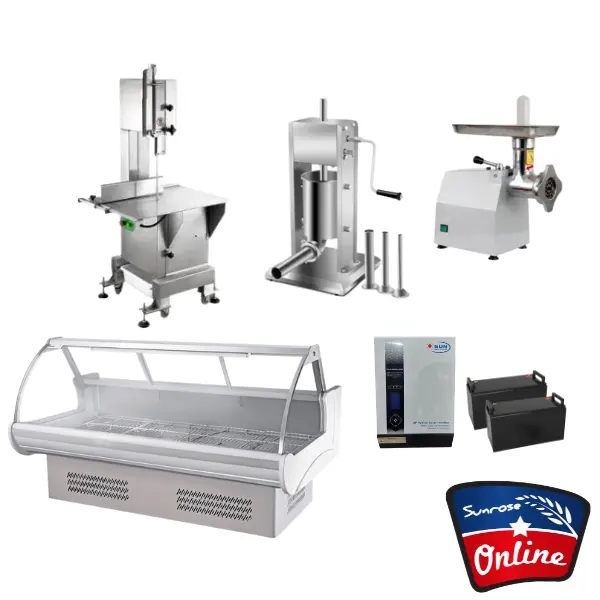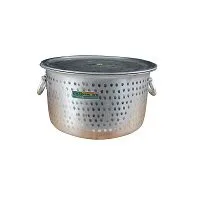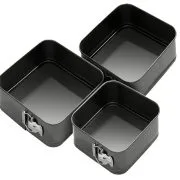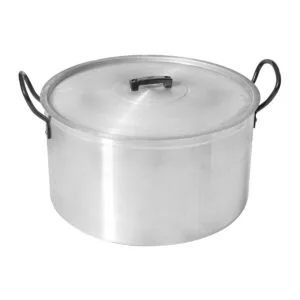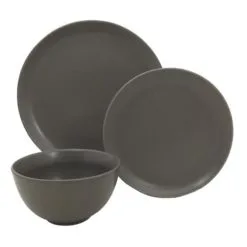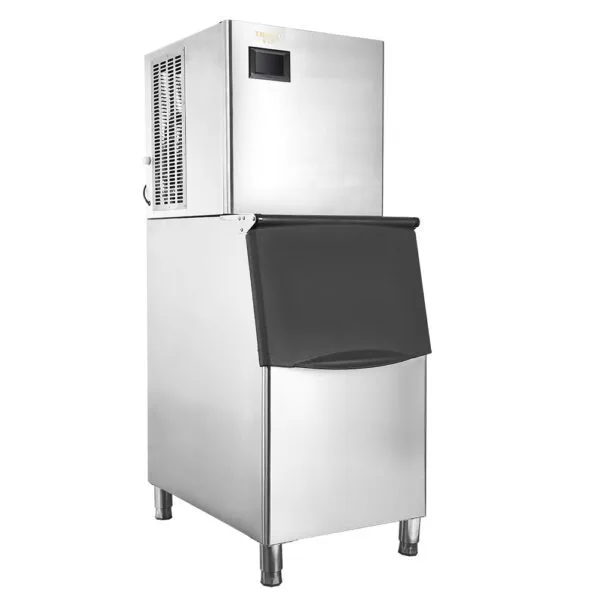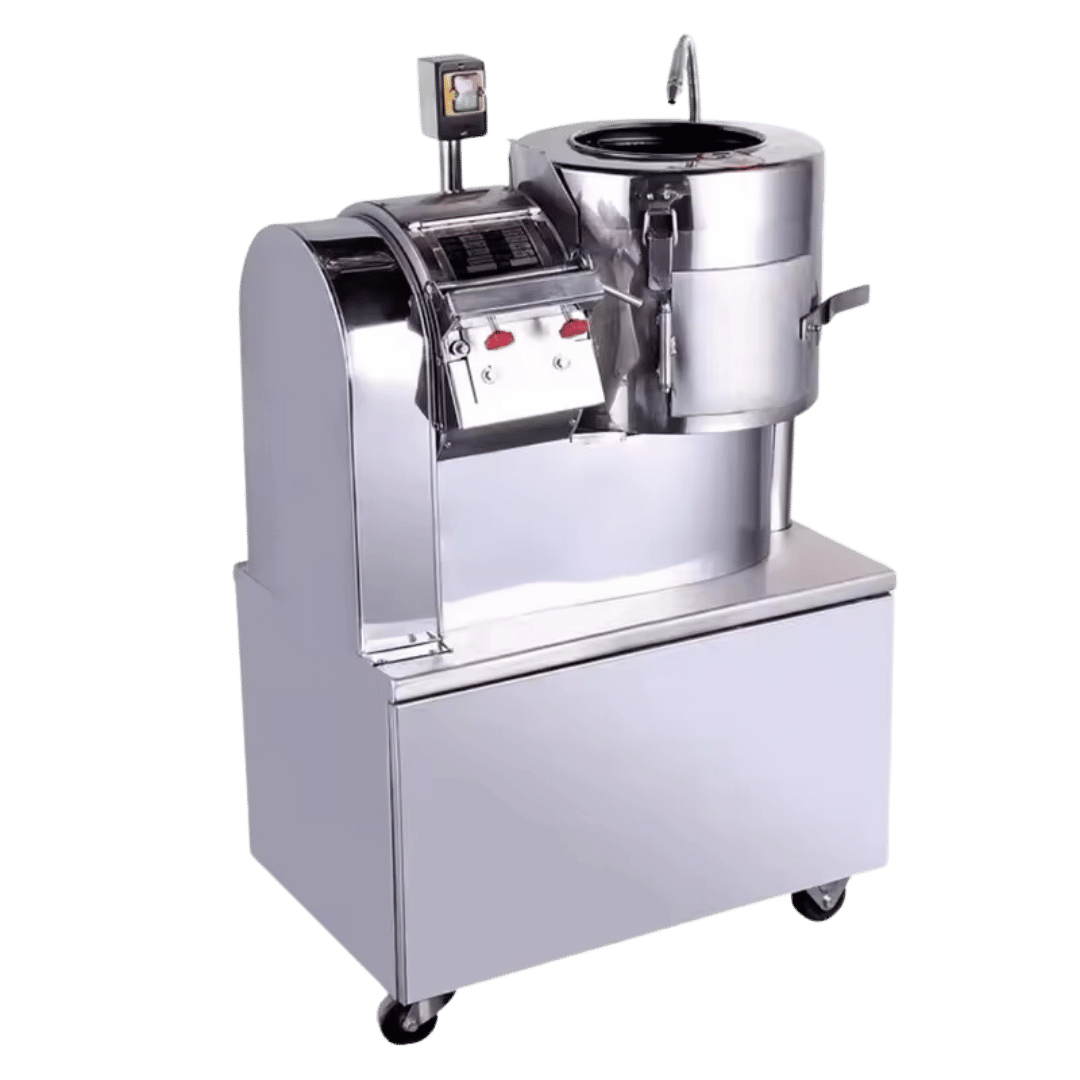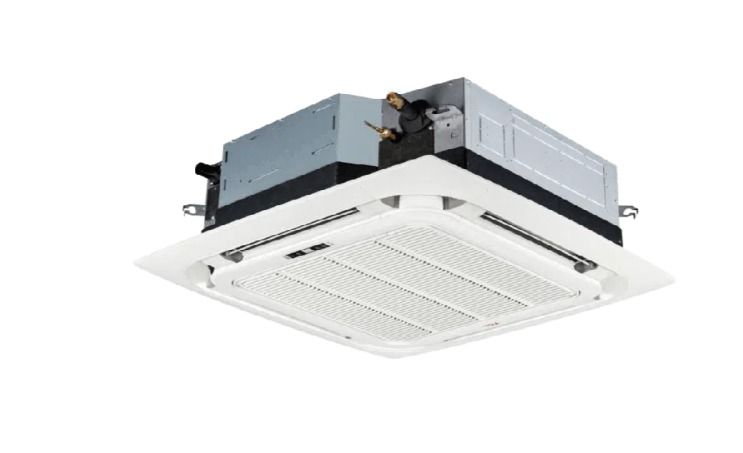India Pot No. 54 is likely a cooking pot made in India that is designed for heavy-duty use in commercial kitchens or for large-scale cooking at home. However, without more specific information, it is difficult to say for certain what this pot is.
In general, Indian cooking pots are made from a variety of materials including clay, copper, brass, and stainless steel. They come in a range of sizes and shapes, and are often used for cooking traditional Indian dishes like curries, biryanis, and dal.
A heavy-duty pot would typically be designed for cooking large quantities of food, and would be made from a durable material that can withstand high heat and frequent use. Some heavy-duty pots may also be designed with features like reinforced handles or a thicker base to prevent warping.
Overall, a heavy-duty pot is an important tool for any serious cook. Whether you’re cooking for a large family or in a commercial kitchen. When choosing a pot, consider the material, size, base thickness, and handles to ensure that it meets your needs and will last for many years of cooking.
Additional information and what to consider when choosing a heavy-duty pot:
- Material: As I mentioned earlier, Indian cooking pots can be made from a variety of materials. Here’s a closer look at some of the most common:
- Clay: Clay pots are traditional in Indian cooking and are often used for dishes like biryani and slow-cooked curries. They are porous and allow food to cook slowly and evenly. However, they are not as durable as other materials and can break easily if not handled carefully.
- Copper: Copper pots are known for their ability to distribute heat evenly, making them ideal for cooking dishes that require precise temperature control. However, they are expensive and require regular maintenance to keep them looking shiny and new.
- Stainless steel: Stainless steel is a popular material for cooking pots due to its durability and ease of maintenance. It is also relatively inexpensive and does not react with acidic foods.
- Size: When choosing a heavy-duty pot, it’s important to consider the size of the pot and what you will be using it for. A larger pot may be more versatile, but it may also be more difficult to handle and store. It’s important to choose a pot that is appropriate for the amount of food you will be cooking.
- Base thickness: A thicker base can help prevent warping and ensure even heat distribution. Look for a pot with a thick, heavy base for optimal performance.
- Handles: Handles should be sturdy and securely attached to the pot. If the pot is heavy, look for handles that are large enough to accommodate oven mitts or potholders.
Sunrose homepage
Visit blu-Star for air conditioning






